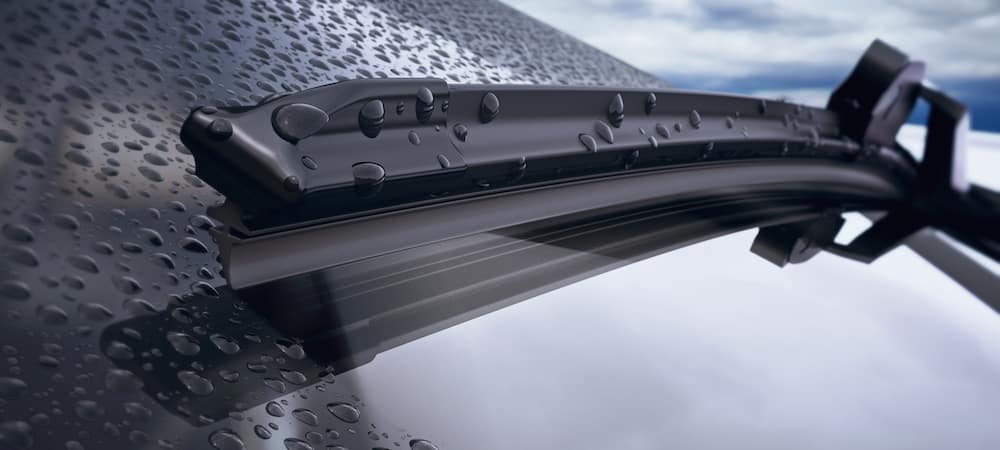Learn more about Wiper blades – operation method, diagnosis, causes of faults and replacement intervals.

Wiper blades are elements of window cleaning system. They are designed for cleaning the glass from dirt and dust, as well as to ensure proper visibility in adverse weather conditions.
Types of wiper blades
- frame (there are summer, winter and all-season);
- frameless;
- hybrid.
In addition, choosing the wiper blades for your car, pay attention to their size.
The wipers construction
The main element is a rubber wiper blade. It must be firmly pressed to the glass. In the framework structures this is achieved through the elastic plates and frame, in frameless – only by means of the plate.
The composite frame in the frame structure is a rocker arms fixed to each other by hinges. They are held together with blades and elastic plates by clamps. In the winter version of the wipers the frame structure is placed in a protective rubber boot.
In the frameless wipers the blade is imbedded into the solid plastic case. The wiper is pressed against the glass by a flat metal spring.
In hybrid wipers the frame is enclosed in a plastic shell.
Operation of wiper blades
Recommendations:
- If your car is on the move throughout the year, change wipers/rubber blades annually, preferably after winter. Many motorists prefer to replace the wipers or rubber blades more often: once every 4-6 months.
- Regularly rinse the wipers with water, remove the dirt from the blades, in frame types clean joints from dirt, but in no case lubricate them.
- Adjust washer nozzles: the whole area of the glass under the wipers must be moistened. Check the correctness of the adjustment at the speed of 60-80 kilometers per hour.
- Make sure that the washer tank has antifreeze and not water long before the onset of frosts.
- Do not operate the wiper at subzero temperatures until the heater warms up the whole glass. Thus you will significantly extend the life of rubber blades. At the same time it is better to sweep the snow from the glass first.
- If the glass or wiper blades become greasy, degrease them with ten percent soda solution and rinse with warm water. You can also use car shampoo without protective components (such as wax). Just do not try to remove the contamination with petrol or solvent: working blade will quickly become unusable.
Wiper faults
- wear or damage of the rubber blades;
- deformation;
- loose or uneven fit of the wipers to the glass;
- wear of frame hinges (in frame structures);
- metal components corrosion (in framework structures);
- shatter (wipers jerk and creak).
Symptoms of wipers failure
- after cleaning the glass there are dirty or wet areas;
- glass is not enough cleaned on the perimeter;
- wiper performance is accompanied by unpleasant sounds (whistle, squeak);
- scratches on the glass.
Causes of faulty wipers
- end of service life;
- severe pollution of rubber blades or frame elements;
- low quality accessories;
- using water as a washer at temperatures below 0 ° C;
- loosening of wiper arms spring;
- wipers work at too high vehicle speed;
- improper installation, or installation of wiper parts of the wrong size;
- failure of washer nozzles, and accordingly the movement of the wiper on a dry surface;
- glass oiling.
Diagnostics
The part malfunction is easily identified. Damage, dirt and distortions can be seen with the naked eye.
Therefore, seeing that the glass is cleaned improperly, inspect the wiper work surface to estimate their fit to the glass.
Repair and replacement of wiper blades
Sometimes you can recover the part’s operability by cleaning.
In case when the parts failure is not due to pollution, it is necessary to change the wiper blades entirely, or (half cheaper) the blade rubber.
Replacement is not difficult, and you can easily handle it on your own. Just remove unusable wiper from the lever, by pressing the clip or latch attachment, and then install the new one.
TRUSTED CAR AND ACCESSORY BRANDS IN STOCK
















